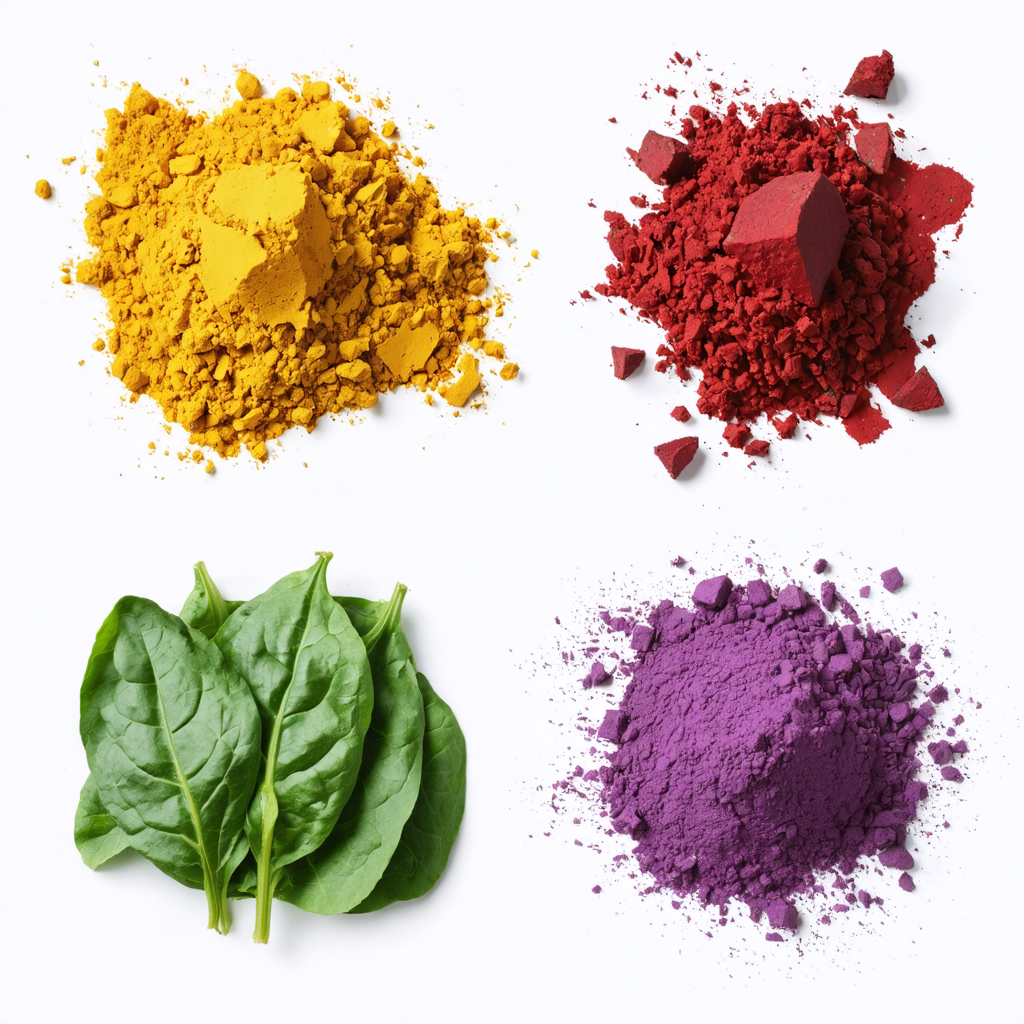Want to know How to Substitute Artificial Food Colors with Natural Alternatives? Here is your answer Artificial food colors have been a staple in the food industry for decades. However, there has been
an increasing demand for natural alternatives as concerns about the potential health risks associated
with artificial food colors continue to mount. Fortunately, there are many natural alternatives to
artificial food colors that can be used to create beautiful and delicious food products. In this article,
we will explore some of the most popular natural alternatives to artificial food colors and provide
tips for substituting them in your recipes.
Table of Contents
ToggleWHY SUBSTITUTE ARTIFICIAL FOOD COLORS WITH NATURAL ALTERNATIVES?
Artificial food colors have been linked to a variety of health concerns, including hyperactivity in
children, allergic reactions . In addition, many people are now seeking natural and
organic foods, and this includes the desire for natural food colors. Natural food colors not only
provide a healthier alternative but also offer unique flavors and textures that cannot be achieved
with artificial colors.
POPULAR NATURAL ALTERNATIVES TO ARTIFICIAL FOOD COLORS
- Beetroot Powder:
Beetroot powder is a natural food color that can be used to add a vibrant pink or red hue to your
recipes. This powder is made from dried and ground beets and can be added to baked goods,
smoothies, and other recipes. Beetroot powder has a slightly sweet flavor that can enhance the
taste of your dishes while adding a beautiful color.
To substitute artificial food colors with beetroot powder, simply replace the amount of artificial food
color with an equal amount of beetroot powder. Keep in mind that beetroot powder can affect the
texture of your recipes, so you may need to adjust your recipe accordingly. - Turmeric:
It’s a spice that commonly use in Indian and Middle Eastern cuisine. It has a bright yellow color and
can be use to add color to a variety of dishes. Turmeric has a slightly bitter taste but can be
balanced with other flavors.
To substitute artificial food colors with turmeric, use a small amount of the spice and mix it with
water or another liquid to create a paste. Add the paste to your recipe until you achieve the desired
color.
SOME MORE
- Spirulina:
It is is a type of blue-green algae which is high in protein and other nutrients. It has a deep green
color and can be use to add color to a variety of dishes, including smoothies, dips, and sauces.
Spirulina has a slightly earthy taste but can be balance with other flavors.
To substitute artificial food colors with spirulina, use a small amount of the powder and mix it with
water or another liquid to create a paste. Add the paste to your recipe until you achieve the desired
color. - Annatto:
Annatto is a natural food color derive from the seeds of the achiote tree. It has a bright orange
color and can be use to add color to a variety of dishes, including rice, cheese, and bak goods.
Annatto has a slightly nutty and sweet flavor.
To substitute artificial food colors with annatto, use a small amount of the powder and mix it with
water or another liquid to create a paste. Add the paste to your recipe until you achieve the desired
color.
TIPS FOR SUBSTITUTING ARTIFICIAL FOOD COLORS WITH NATURAL ALTERNATIVES
Start small: Natural food colors can be more potent than artificial food colors, so start with a
small amount and add more as needed.
Experiment: Natural food colors can create unique flavors and textures, so don’t be afraid to
experiment with different alternatives.
Adjust your recipe: Natural food colors can affect the texture of your recipe, so be prepared
to adjust your recipe accordingly.
Be patient: Natural food colors may take longer to achieve the desired color than artificial
food colors, so be patient and allow the color to develop over time.
Learn more about natural color click Santacolor




